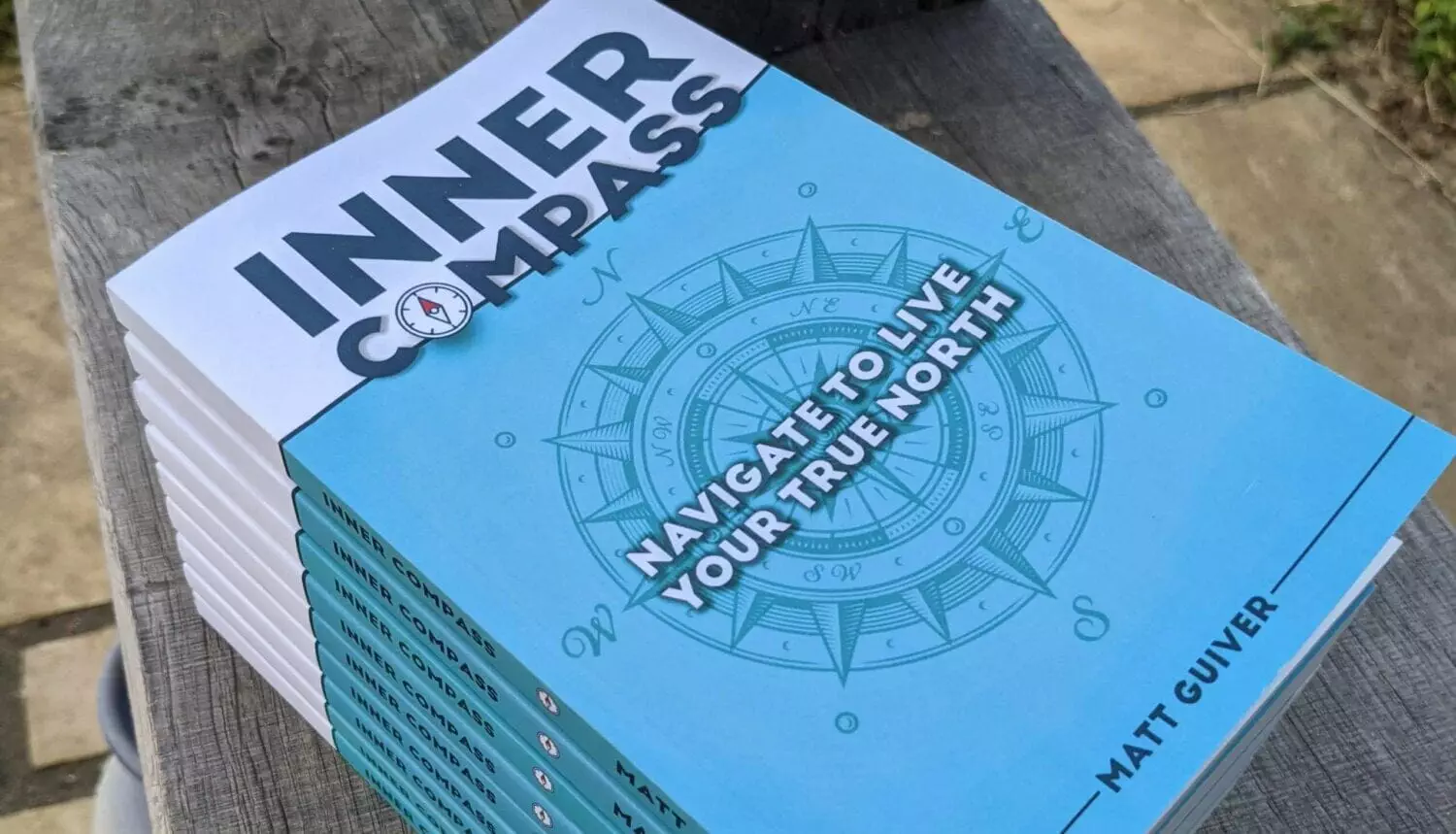“When people use your brand name as a verb, that is remarkable.”
Meg Whitman
Brand is essentially trying to gain an edge over your competitors – often in a crowded marketplace. However, brand is also a much confused and misunderstood term. For some it merely represents the logo, while others appreciate there is a much broader, deeper meaning to it; but nearly all struggle to decipher what is and isn’t relevant when trying to apply it to their business and marketing efforts. It can be explained by dividing it into two areas:
Brand Entirety represents everything to do with the product or service from its visual appeal, price, quality and customer service to the emotional, historical, cultural and human experience in interacting with it. It is a psychological reaction (expectations, feelings and emotions) by the consumer to a promise about the kind of product or experience they are purchasing, and how they expect to feel when they use it.
Brand Identity (logos, typography, colors, packaging, and messaging) is essentially the veneer or visual identity to the core substance of the brand entirety.
If the brand identity is designed to reflect the true entirety of the brand, it can act as a convincing and compelling face of the brand that directly aligns with its substance. However, far too many companies rush out to get a name and a funky logo before they have properly examined the core substance and meaning to their brand – ending up with a logo that is off kilter from their substance – creating confusion and distrust in potential consumers.
In a world where quality and service are often determined by fine margins, it is vital companies invest time, money and thought into creating an effective brand with a distinctive angle to represent their product(s) or service(s). Therefore, compiled below are 6 Steps to Sharpening your Brand that have proved to be very powerful and effective in aligning numerous business brands – allowing them to gain that all essential edge in the marketplace.
What is your Why? Clients and customers of today want to know your core beliefs, why you are in business, if you’re ethical, who else benefits beyond your profits? Ultimately, they want to be able to decide if they identify with your brand. E.g. Assess your immediate reaction to Coca Cola, Gillette, Peloton, Protein World, Mcdonalds, Hobby Lobby etc…
What is your overarching promise to your customers or clients? Is your offering crystal clear? Does it relate to your products and services? Is it aligned with your market niche and target audience or are you taking a scatter-gun approach and ending up being a jack of all trades and master of none, thereby diluting your expertise.
What are the 3-5 distinct or unique selling propositions that set you apart? This is way beyond generalizations such as great customer service, or great quality, it should drill into the specifics of your particular product or service to support your promise such as Virtual Outsourced Accounting, Revolutionary App or Tactical Soundboard
If customers are to buy from you, they need to believe and trust in you! You may have hooked them with your Why, Promise and USPs but today’s savvy consumer is a lot more discerning and wants to know whether they can TRUST in you and your product/service claims. Key trust points are: experience, expertise, passion and agreeing with your Why!
Is the visual identity in sync with the nature of your business? The logo should act as a veneer to the psychology or core substance of your brand. Therefore, its key that every heading has a distinct thread running through it; aligning everything from your Why to your Story/Evidence. Ask your clients and customers if they ‘get it’ or are they left confused? They must be able to resonate with the design, colors, font, style and messaging of your visual identity and how it relates to the core substance of your brand (i.e. headings 1 to 4).
What is the key message to support your promise? Finally, you should aim to circle the brand with a supporting statement that links and reinforces your promise. Too many companies say too many things and dilute their message, but if you provide one consistent, succinct message – you will strengthen your brand! Think Nike: ‘Just Do It!’
“Branding is what you do, not what you call it”
Jason Cohen
In summary, although brand identity is obviously easier to create and align from the start up phase, many companies can still rectify glaring errors in their brand by examining these 6 headings and determining where to amend accordingly without the costly need to re-brand entirely.
Please click here to watch a video explaining Jumpstone’s Branding Model or download the FREE Brand e-book at www.jumpstoneinternational.com
Matt Guiver (MAC, IDI®QA) is a strategic pathfinder, coach, facilitator and speaker & founder of Jumpstone International. His revolutionary coaching methodologies such as The Branding Model and PictureSpark help individuals and businesses gain insight and clarity to solve their complex business challenges.







Copyright © 2025. Jumpstone International Ltd. All rights reserved.
Receive a Free Chapter of 'Inner Compass' to successfully navigate your leadership.

By claiming your free Inner Compass chapter, you will be added to the Jumpstone mailing list. You can unsubscribe at any time. Your information is protected as per our privacy policy.